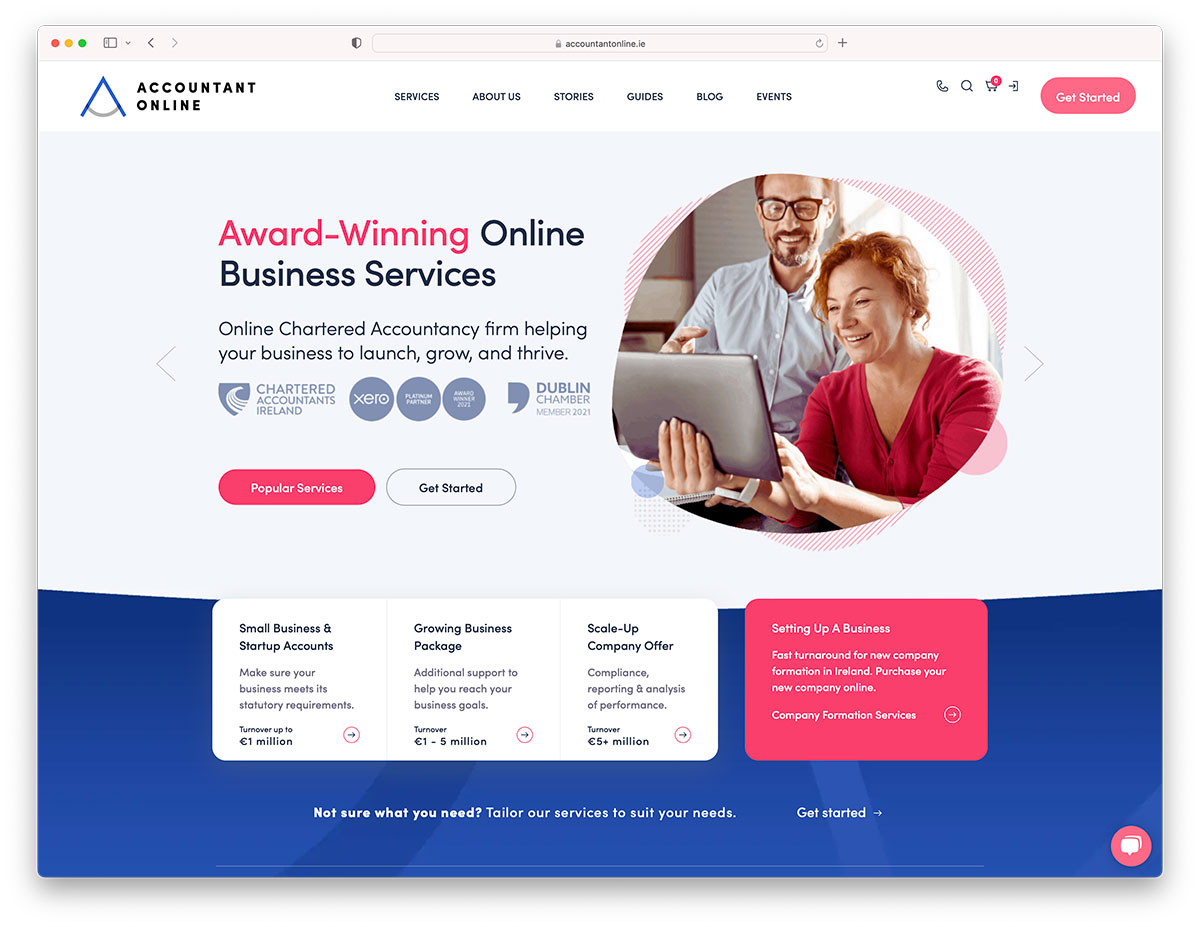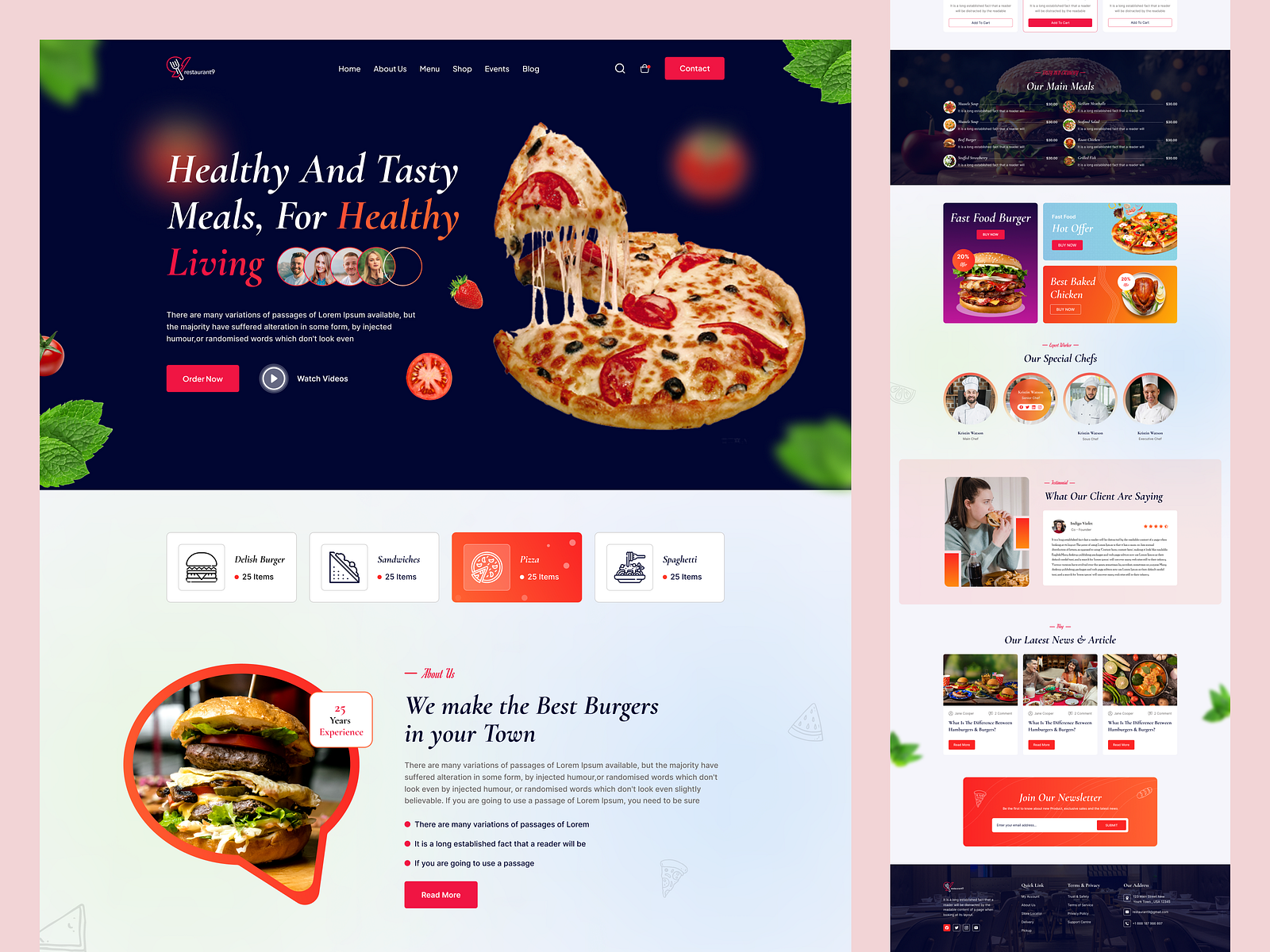Achieve Online Success With User-Friendly Website Design
In the increasingly affordable digital landscape, the design of a site can be an essential aspect in figuring out a company's success. Straightforward style not only boosts the general user experience however likewise affects crucial metrics such as engagement, retention, and conversion rates. By prioritizing instinctive navigation and access, organizations can cultivate a much more comprehensive environment that attract a broader audience. Nonetheless, understanding the certain principles and functions that add to effective style requires a better exam of current trends and ideal practices, which might expose possibilities for significant enhancement.
Importance of User Experience
Individual experience (UX) plays a critical role in the success of a website, as it straight affects individual complete satisfaction and engagement. A favorable UX makes sure that visitors can browse the site effortlessly, accessibility info quickly, and full preferred actions, such as making an acquisition or authorizing up for an e-newsletter, without irritation.
In an electronic landscape where competition is strong, a site that focuses on UX can considerably enhance brand loyalty and retention. Customers are more probable to go back to a site that supplies a seamless experience, developing a cycle of repeat check outs and increased consumer lifetime value. Furthermore, efficient UX design can minimize bounce prices, as users are much less likely to leave a site that fulfills their needs effectively.
Furthermore, internet search engine progressively take into consideration user experience aspects when ranking sites. Components such as page tons speed, mobile-friendliness, and instinctive navigating can affect a site's exposure in search outcomes. By concentrating on UX, businesses not only enhance client communications but also boost their online presence and integrity. Hence, buying user experience is necessary for achieving long-lasting success in the electronic marketplace.
Secret Principles of User-Friendly Design
A successful user-friendly design rests on numerous vital concepts that boost functionality and availability. Is simplicity; a clutter-free user interface allows individuals to navigate easily, minimizing cognitive tons. This principle stresses the value of clear and concise web content, enabling users to find details swiftly without unnecessary disturbances.
Uniformity is another crucial component. Regular use of formats, colors, and fonts fosters knowledge and develops trust. Customers ought to really feel comfortable as they check out different sections of the internet site, understanding that comparable aspects indicate associated capabilities.
Efficient typography additionally plays an important role in easy to use design. Readable typefaces, suitable sizes, and ample spacing make sure that web content is easily legible across different tools. Incorporating intuitive visual hierarchies helps individuals recognize vital information and actions at a glance.

Crucial Features for Navigation
Effective navigation is important for any kind of straightforward internet site, as it directly impacts the overall user experience. A well-structured navigation system allows users to locate information quickly and efficiently, decreasing disappointment and boosting interaction.
One vital function is a clear and instinctive food selection that categorizes material rationally - website design copyright. This menu ought to be easily accessible from every web page, frequently positioned at the top or on the side of the website. In addition, including breadcrumb navigation helps users understand their area within the website pecking order and makes it simpler to backtrack
Search functionality is an additional crucial element, enabling customers to discover details content without sorting through several web pages. This attribute must be prominently shown and responsive to variants in input.
Additionally, a mobile-responsive design ensures that navigating stays smooth throughout devices. As mobile use remains to climb, menus need to adjust to different screen dimensions without jeopardizing functionality.
Finally, visual signs such as highlighting the active web page and using hover impacts can enhance individual interaction. By incorporating these important attributes, site designers can create a navigational experience that is not just user-friendly yet also urges exploration and retention.
Availability Considerations
Ease of access considerations are indispensable to developing an easy to use website that deals with all individuals, no matter their capabilities or disabilities (website design copyright). Sites need to be designed to guarantee that customers with aesthetic, auditory, cognitive, or motor disabilities can involve with material effectively. This begins with adherence to the Internet Web Content Accessibility Guidelines (WCAG), which supply a structure for making electronic content much more easily accessible
Trick practices include using descriptive alternate message for photos, making certain color contrast ratios meet ease of access requirements, and supplying inscriptions for multimedia components. In addition, the navigating should be intuitive, permitting users to tab Full Article through links and interactive elements easily. Implementing keyboard navigation is crucial for those unable to use a mouse.
Furthermore, concise and clear language boosts understanding for customers with cognitive constraints. Kinds need to be straightforward, with tags and guidelines that are understandable. Regular accessibility testing, consisting of customer comments from individuals with disabilities, can aid recognize obstacles and enhance functionality.
Measuring Layout Success

Individual comments surveys and use screening are vital in evaluating the performance of style elements. These methods permit designers to gather straight input from individuals, recognizing pain points and areas for enhancement. In addition, tracking heatmaps can expose where users click most frequently, aiding to educate layout modifications and content prioritization.
Analytics devices play a crucial function in gauging design success by offering data-driven understandings. Google Analytics can track customer actions, disclosing patterns that indicate whether the layout is hindering the user or facilitating journey. Eventually, an effective web site design not only meets company objectives but also fosters a seamless and satisfying customer experience, driving involvement and commitment with time. On a regular basis revisiting these metrics guarantees that the site develops in placement with user needs and industry best techniques.
Conclusion
Finally, easy to use site design is vital for accomplishing online success. Prioritizing user experience through simplicity, intuitive navigation, and efficient comments mechanisms not just improves individual engagement and fulfillment but also cultivates brand loyalty. Integrating vital navigating functions and ease of access factors to consider further makes certain that all users can effectively communicate with the website. Inevitably, determining design success supplies useful understandings that direct continuous enhancement, strengthening a strong on the internet visibility in an affordable electronic landscape.
Sites must be created to guarantee that users with image source aesthetic, acoustic, cognitive, or electric motor disabilities can engage with material effectively.Measuring layout success entails examining how successfully a website meets its desired goals while offering a positive customer experience. Google Analytics can track individual habits, exposing patterns that suggest whether the layout is impeding the individual or helping with journey. Inevitably, an effective internet site style not just satisfies company objectives Read Full Article but likewise promotes a smooth and enjoyable individual experience, driving involvement and commitment over time. Focusing on customer experience via simplicity, intuitive navigation, and effective feedback systems not only improves individual interaction and complete satisfaction yet additionally cultivates brand name commitment.